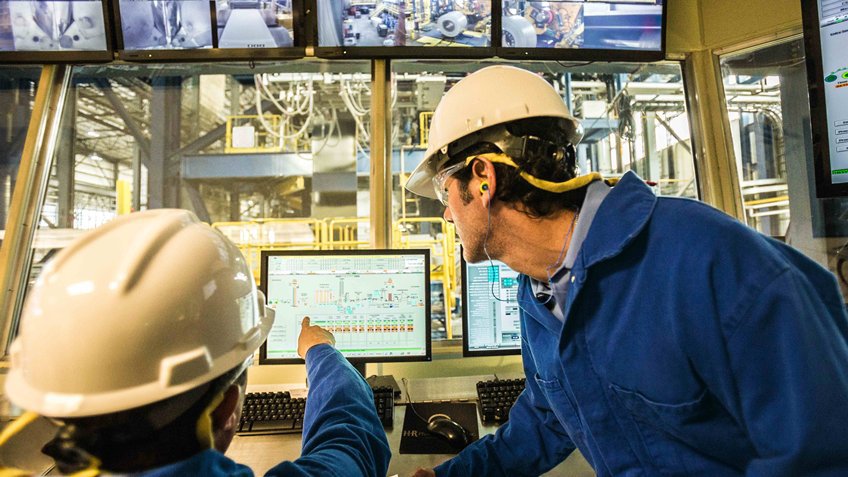Recommended For You
There is a misguided view that if management focuses on adding shareholder value, they are simply pandering to the markets and chasing short-term benefits in stock value. To polarise the debate between working to add shareholder value and working towards satisfying the customer and other stakeholders as mutually exclusive objectives is often a simplification that benefits no one.
In manufacturing, it has been an undeniable fact for many years that efficiency must continually improve while costs must be reduced, or contained, as prices are squeezed. These pressures alone, coming as they do from consumers, along with competition accelerated by globalisation and economic conditions, are added to by green targets and changing public sentiment and political will surrounding sustainability issues. And make no mistake; none of these factors are going away. Moreover, shareholders are not slow in coming forward in demanding that all stakeholders are satisfied, while needing ever-improving returns on their investments.
Ignoring shareholder value would be a neglect of duty, and it could be argued that it would lead to a business's inability to then add value to its other increasingly demanding stakeholders, as its ability to attract and retain investment waned. But for manufacturers, when it comes to investing capital, it's not always easy to see and explain the direct return from day-to-day operations. When looking at how to drive better returns, Overall Equipment Effectiveness (OEE) is one example of a fundamental Key Performance Indicator (KPI) in the industrial sector, particularly important for manufacturing, which offers insight into gaining greater returns from automation.
This simple calculation of: Availability x Performance x Quality of a line, process or plant is a powerful tool in the drive to get more for less and make every asset pay for itself at an optimum level, deploying shareholder funds at the peak of their usefulness and employing automation as not simply a fixed method of processing, but also as a provider of invaluable management data. The extra level of robust accounting and detailed management can also make a business more attractive to investors.
In this calculation, availability is defined as the proportion of scheduled time that the equipment is operational. For an accurate reading of this figure, it is important that the equipment is monitored electronically so that every unplanned downtime is measured, rather than the more common measurement of ‘anything more than two or three seconds' when monitoring manually.
Performance is the speed at which the machinery is operating against its optimal speed. For example, actual performance for a particular line could be 100 strikes per minute, whereas the machine may have the capacity to run efficiently at 200 strikes per minute. In this case a performance rate of 50% would be recorded.
Quality is the amount of good units output as a percentage of the total units started.
So an example might be a company that runs at 85% Availability, 90% Performance and 95% Quality. The OEE would be calculated to 72.7%.
By using an automated process to know these numbers, better decisions can be made about how to maximise resources. Our experience shows that many organisations could be running at OEE figures around 50/60%. While this might seem at first shocking, it's clear where the opportunity is, and if the lessons learned are replicated across a substantial plant, the opportunity to produce more output at better speed, of higher quality, and all for less becomes staggering.
Operating margins and the competitive advantage period are well served by measures such as this one example above. Quality, if not managed to achieve the best outcomes, can soon lead to reputational issues that alone could lead to a significant loss of competitive advantage and have devastating effects on shareholder value and, in turn, an enterprise's ability to add value for its myriad other stakeholders. Highly automated and information-rich systems therefore not only have the ability to complete a process effectively, but also to self audit and offer benchmarks for adding further value.
Published August 5, 2013


